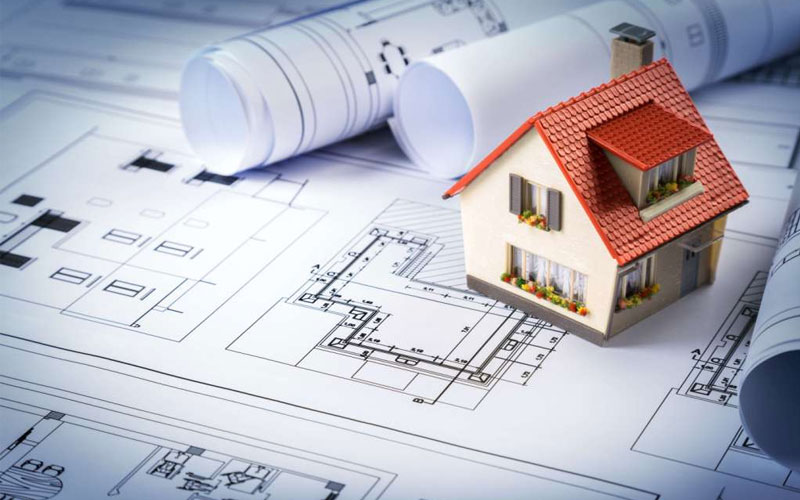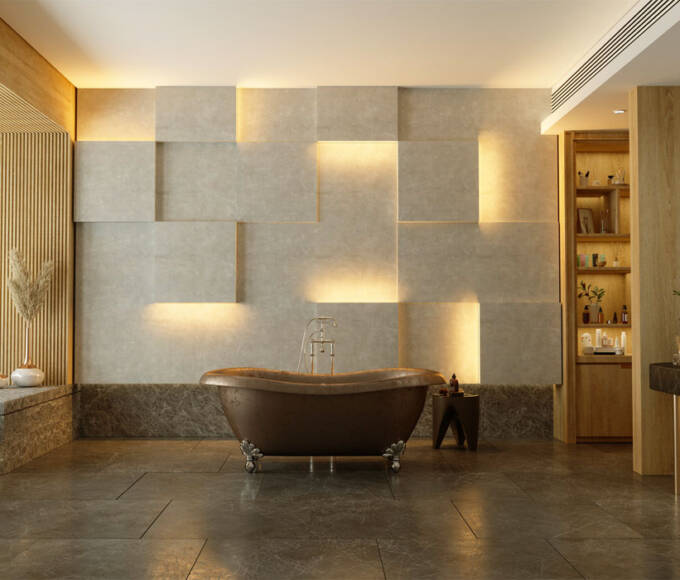Building your ideal house is a thrilling and rewarding process. However, the process has its challenges.
The key to success is preparing yourself for the journey ahead of time.
Know Your Goals
Building your ideal house can be a challenging but rewarding experience. It’s also a considerable investment. Having to have a plan before getting started with construction is important. Building a checklist of everything you want in your new home is also helpful.
As you start planning your dream home, take the time to explore architectural styles, interior design trends, and innovative concepts. This will help you narrow down your vision and make the most of your budget. It’s also helpful to create a wish list of high-priority features versus luxuries that can be added working. Working with an architect who understands your lifestyle and can transform your ideas into a function is an important plan. So, before hiring one, research and read reviews about them online. You can also ask family and friends who have worked with them for recommendations. You can even ask them to show you some of their previous projects.
Understand the Role of an Architect
An architect is a critical linchpin in realizing your home project dreams. During the design process, an architect’s responsibilities include developing design concepts based on a client’s vision and aspirations while considering structural needs, budgets, site limitations, and building codes.
Homeowners must thoroughly communicate to their architect what they want, how much they can afford, and what their goals for their home are so that their designer can develop a design that exceeds code requirements while remaining within the limits of the project’s budget. Keeping everyone up-to-date on progress is also essential. Consistent communication with your architect can bridge gaps created by distance and time zones, ad-hoc meetings, and other distractions.
When choosing an architect, ask to see their work and read testimonials and credentials. Additionally, they visit projects that they’ve completed. This will give you a feel for their style and how well they listen to clients. They should be able to translate your ideas and inspiration into a practical, functional, and aesthetically pleasing home you’re proud of.
Ask the Right Questions
When meeting with an architect, you’ll want to be able to explain your vision for the building project in great detail. Bring photos of homes and architectural styles you like to help the architect get a feel for what you’re looking to achieve.
Also, ask about the architect’s process and how they will work with you. For example, will you work with one or several people in the firm? What will their level of involvement be on the project, and how frequently do they expect to update you with progress?
It’s also important to know what the architect’s fee structure is. You’ll want to understand how much they charge per square foot and whether they have a minimum design fee. You should also learn how long the architect will be available for the building project, their cutoff time for making changes to plans, and if any additional fees might be included in the final bill.
Follow a Structured Approach
During the interview, ask potential architects how they approach projects. Some are full service, while others have a set menu, with certain hours, meetings, and drawings included in the fee. Also, find out whether they will help with contractor selection.
Before your first meeting, list project goals and any flaws you want to address with your home. This will help you focus on the big picture rather than the minutia, such as sinks or paint colors.
It’s helpful to bring newspaper and magazine cuttings and Pinterest or Instagram images that capture your style to share with the architect. This will help them understand your vision and avoid miscommunications later on. Also, ask the architect what other information you’ll need to provide to move forward, such as deeds. A good working relationship with an architect can save you time and money in the long run. Having clear expectations, frequent communication, and following a structured process will all contribute to a smooth project.








